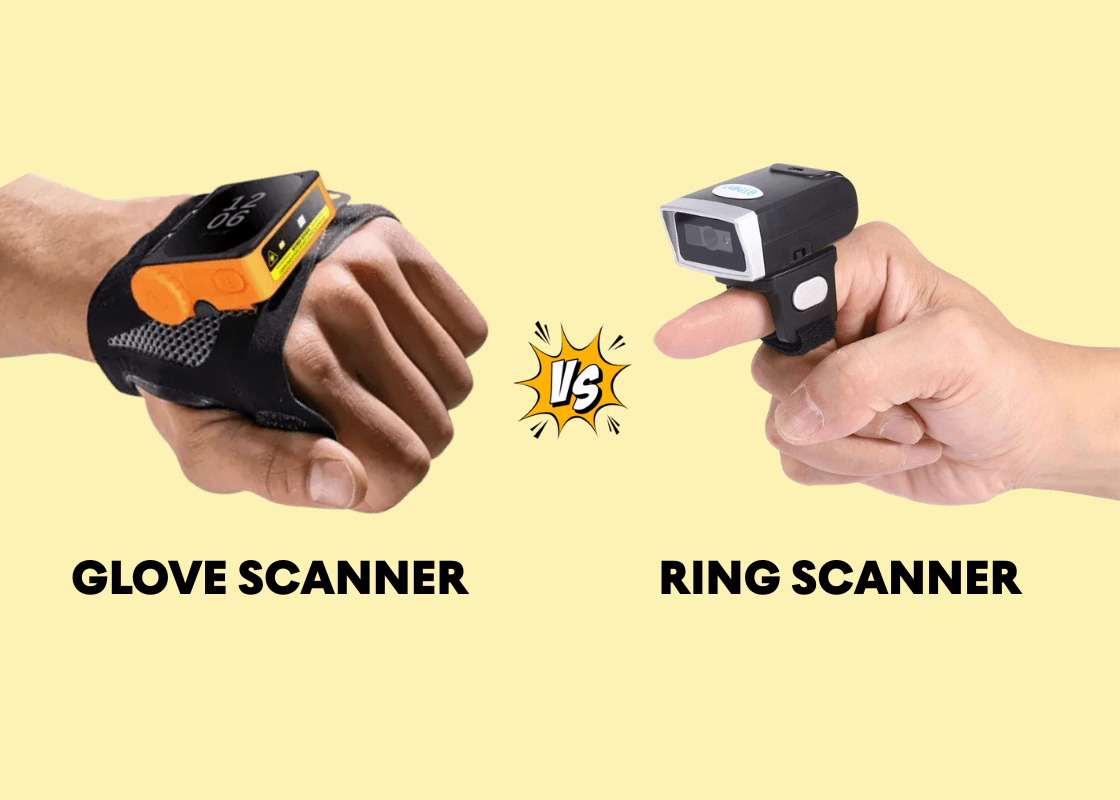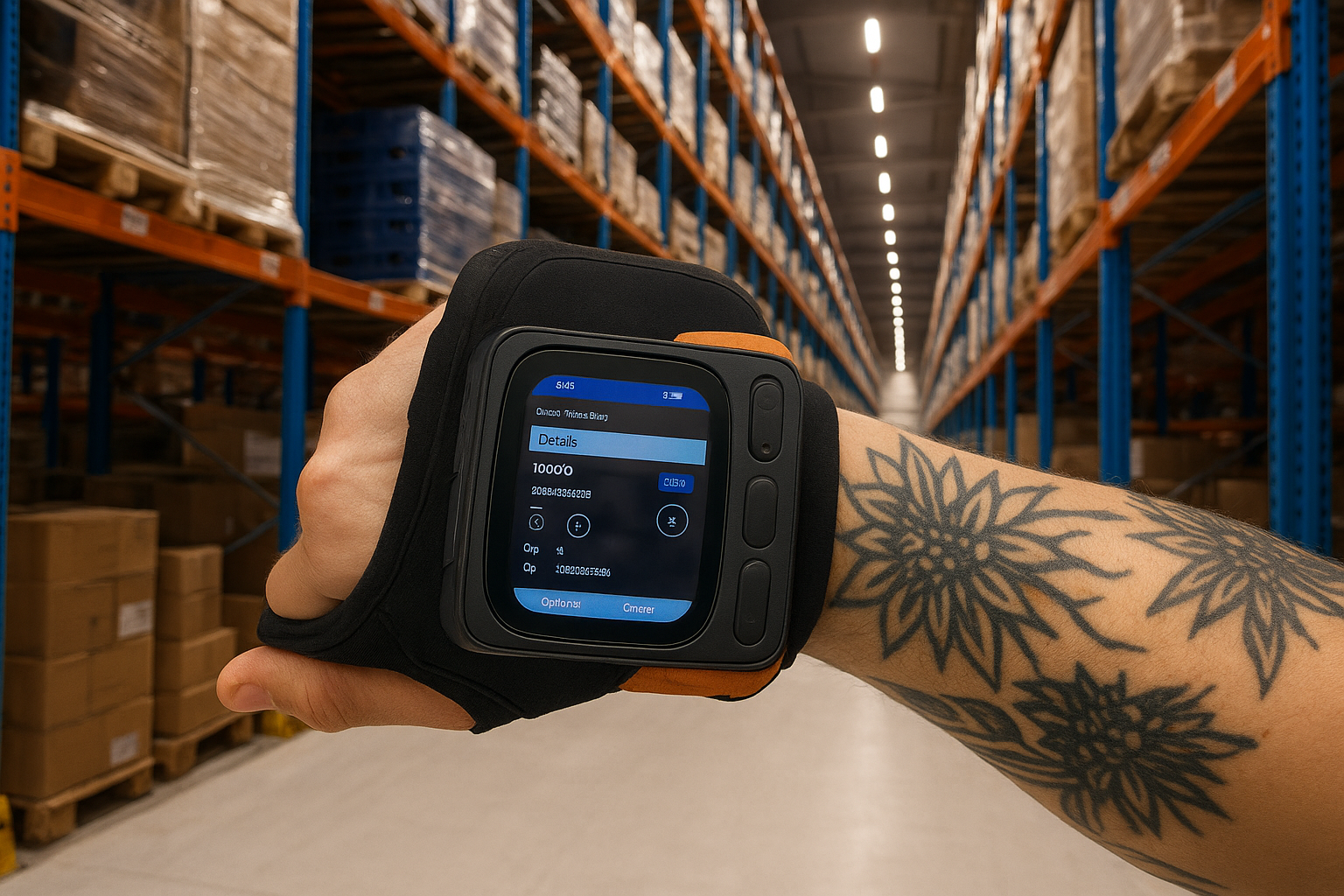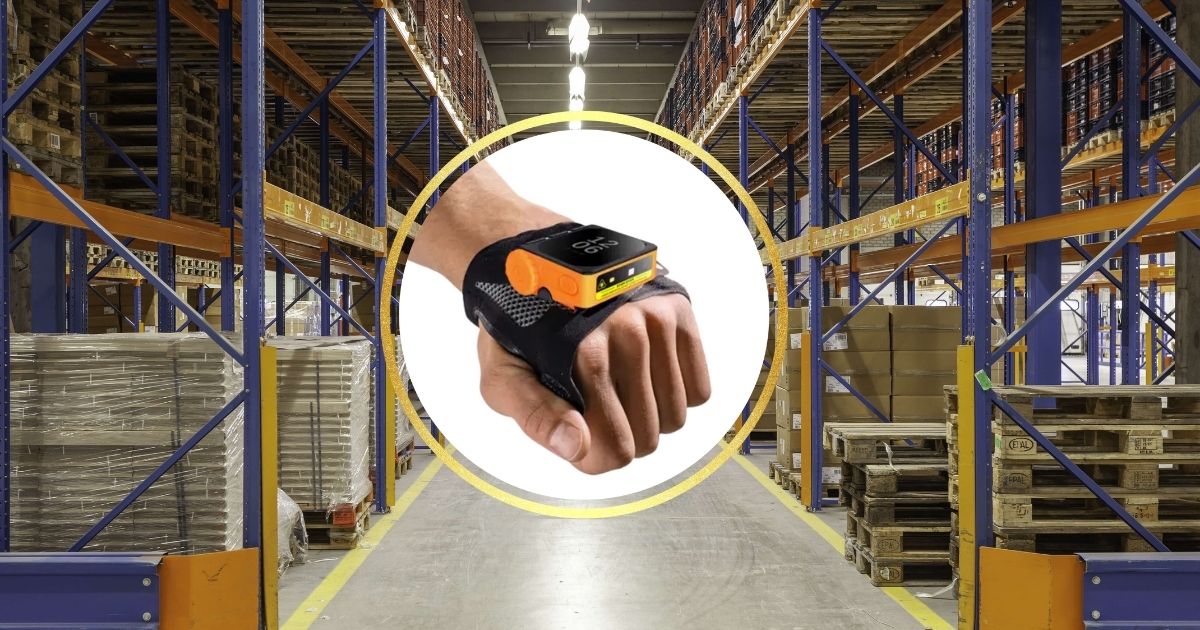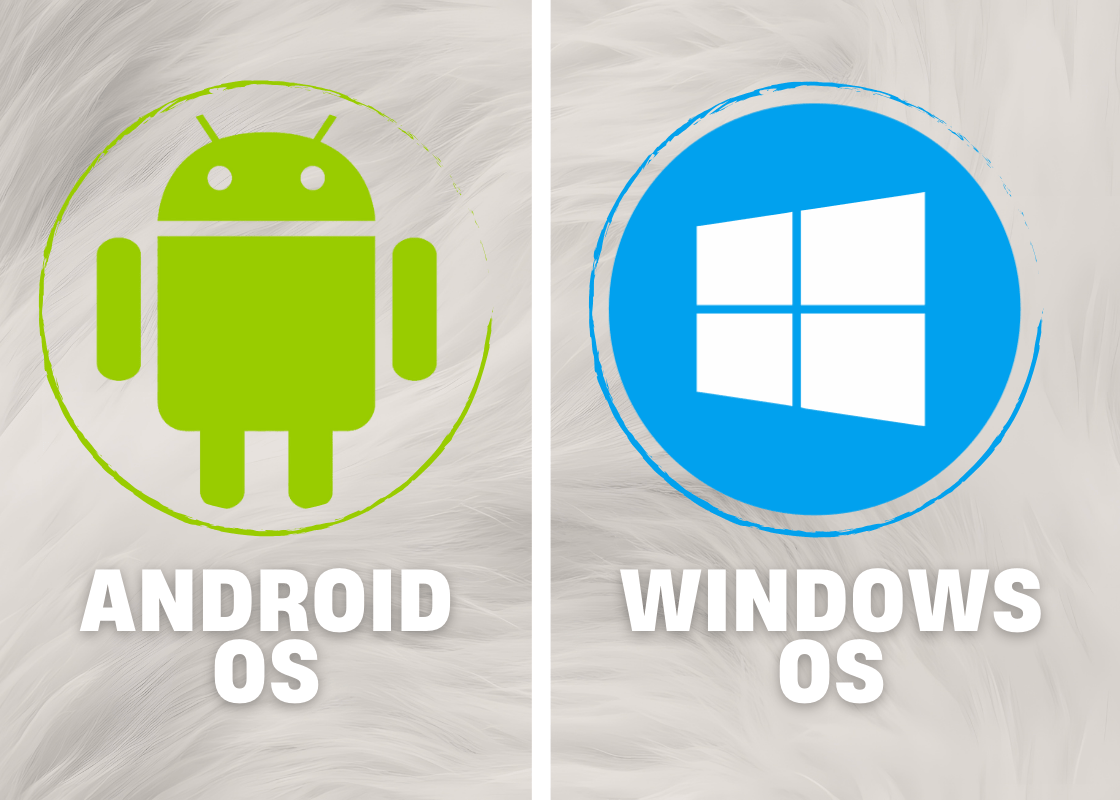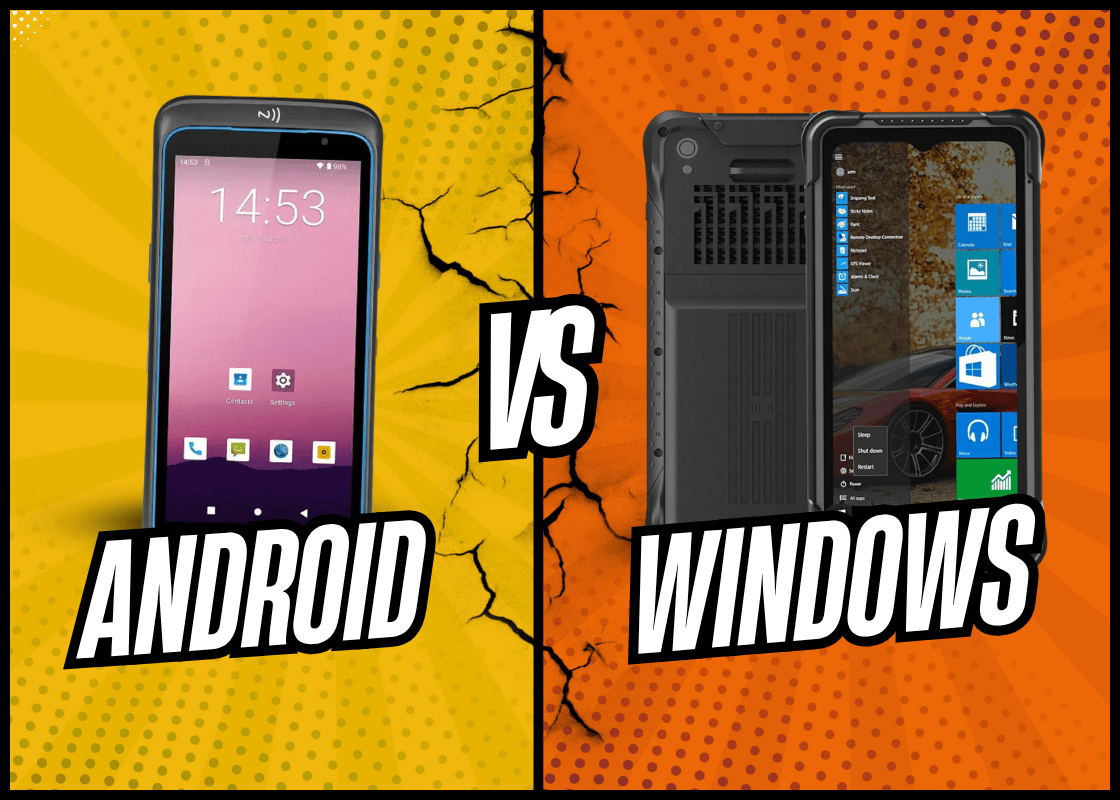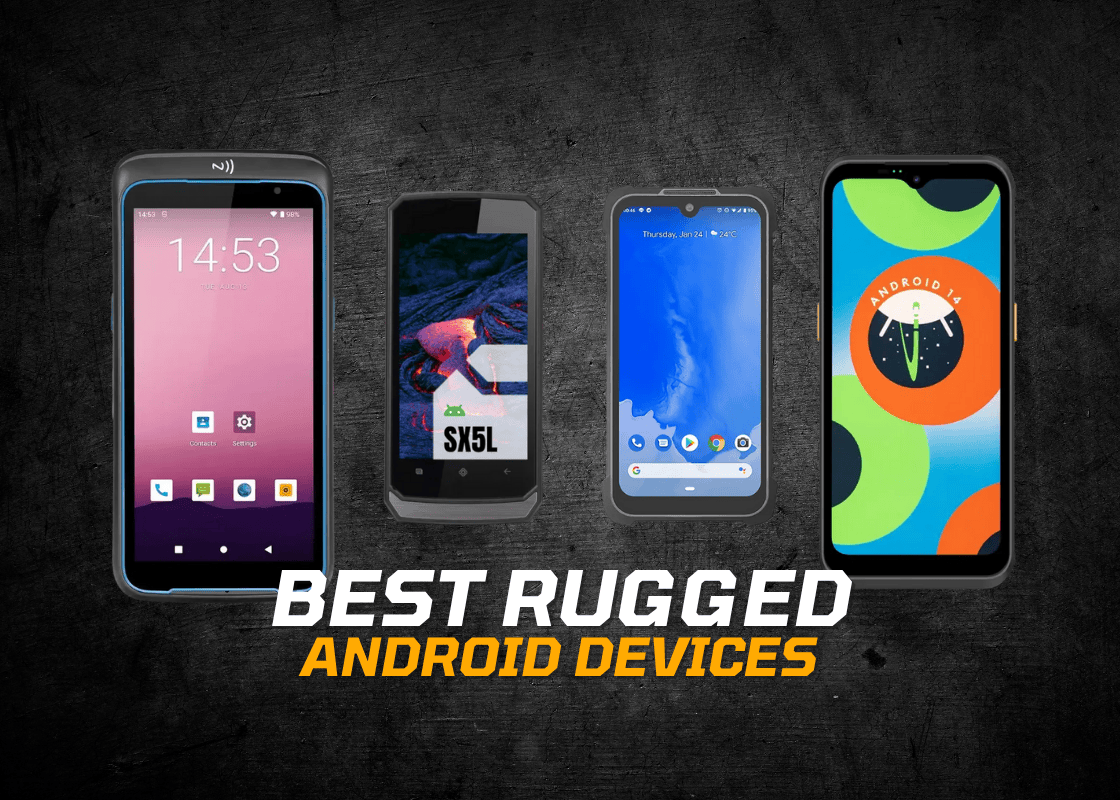Introduction: The Future of Hands-Free Scanning
Wearable barcode scanners have transformed how businesses handle logistics, inventory management, and field operations. The choice often narrows down to two popular options: glove scanners and ring scanners. Both free workers’ hands improve mobility and speed up data capture. Yet, not all wearables are equal. Deciding which is better requires looking beyond the surface, focusing on ergonomics, reliability, safety, and long-term productivity.
This article, created by technology experts with years of experience in rugged mobile solutions, compares glove scanners with ring scanners to help you make the most informed decision possible.
Understanding Ring Scanners
Ring scanners are small devices worn on a finger, usually connected to a wrist-mounted computer or directly via Bluetooth. Their biggest advantage is portability. Workers can quickly scan items without reaching for handheld devices. They are widely used in warehouses, retail, and logistics because of their convenience and small size.
However, this size comes with trade-offs. The weight of the scanner is concentrated on one finger, which may cause strain during long shifts. Buttons or triggers on the ring can be awkward to use, especially if workers wear gloves or handle bulky items. Durability can also be a concern; a small device attached to a finger is more exposed to knocks, drops, or accidental impact.
The Rise of Glove Scanners
Glove scanners integrate the scanning device directly into a work glove. Instead of balancing weight on a finger, the scanner rests naturally on the back of the hand. This design distributes weight evenly, making it more comfortable for extended wear.
Glove scanners stand out for their ergonomics. Workers can grip boxes, operate machinery, or type on a keyboard without interruption. The scanner is activated with natural thumb movements or automatic detection, keeping workflows smooth and intuitive. Safety improves because there’s no dangling device to snag on shelving or equipment.
Companies embracing glove scanners often report fewer worker complaints about fatigue, along with measurable gains in productivity. Devices like the Conker BG Series highlight how glove scanners combine ruggedness with user comfort, making them an increasingly popular choice in demanding industries.
Comfort and Ergonomics: Why It Matters
Worker comfort is not a luxury; it directly impacts productivity. Studies in occupational health consistently show that repetitive strain injuries and fatigue reduce efficiency and increase error rates.
Ring scanners, while compact, place repetitive strain on finger joints and ligaments. In contrast, glove scanners spread out the weight, reducing pressure points. The design aligns with natural hand movement, minimizing awkward positions.
Over long shifts, the difference is striking. A warehouse operator scanning thousands of items per day will notice less strain and greater freedom with a glove scanner. This ergonomic edge makes glove scanners not just a tool, but a long-term investment in worker well-being.
Durability and Reliability in Harsh Environments
Durability plays a crucial role when choosing wearable scanners. Devices face dust, drops, vibrations, and exposure to moisture. Ring scanners, being small and often lightweight, are vulnerable to accidental damage. Their exposed design means they are more likely to be knocked off or broken during heavy use.
Glove scanners, on the other hand, are engineered with durability in mind. Many models meet rugged standards, similar to Rugged Watches, ensuring they can withstand industrial conditions. The integration into the glove offers additional protection, as the device is securely fastened and less likely to be dropped.
This reliability makes glove scanners ideal for warehouses, logistics hubs, and field services where performance cannot be compromised.
Productivity Gains: Faster, Safer, Smarter
Speed is often the deciding factor in technology adoption. Ring scanners improve speed by eliminating the need to pick up handheld devices, but glove scanners push this advantage even further.
With a glove scanner, the scanning motion becomes part of the worker’s natural movement. There is no fumbling to press a trigger on a finger. The worker simply performs tasks as usual, and the scanner keeps pace. This fluidity reduces micro-delays that accumulate over thousands of scans.
The Conker BG3 is a prime example of how glove scanners enhance workflow. Its design allows for high-speed scanning while maintaining rugged performance, meaning workers can focus fully on their tasks without worrying about device performance.
Safety Considerations in Wearable Scanning
Safety is often overlooked when discussing scanning devices, but it is critical. A small device strapped to a finger can catch on shelving, wires, or moving parts. In fast-paced environments, even small accidents can escalate into serious injuries.
Glove scanners reduce this risk significantly. The scanner is integrated into a glove that fits snugly to the hand, eliminating loose attachments. This design not only protects workers but also reassures managers that safety standards are being upheld.
Cost and Long-Term Value
When comparing costs, ring scanners often appear cheaper upfront. However, hidden costs, such as device replacements, downtime due to worker fatigue, and potential safety risks, quickly add up.
Glove scanners may require a slightly higher initial investment, but they deliver superior return on investment. Productivity gains, lower replacement costs, and improved worker satisfaction contribute to long-term savings. For businesses committed to growth and efficiency, glove scanners are a smarter financial choice.
Which Should You Choose?
Choosing between glove scanners and ring scanners depends on your priorities. If your goal is quick deployment and low upfront costs, ring scanners may seem attractive. But for organizations looking to maximize ergonomics, safety, and durability, glove scanners are the clear winner.
As industries evolve, businesses increasingly prioritize long-term efficiency over short-term savings. This trend is why glove scanners are quickly becoming the preferred option in logistics, warehousing, and field operations.
Frequently Asked Questions (FAQs)
Are glove scanners more durable than ring scanners?
Yes. Glove scanners are generally more rugged and less prone to accidental damage because they are securely fastened to the glove. Ring scanners, being smaller and more exposed, are more vulnerable in tough working conditions.
Do glove scanners work with protective gloves?
Absolutely. Glove scanners are designed to fit naturally, even when worn over protective gloves. They provide flexibility without compromising safety or comfort.
Are ring scanners still useful in modern warehouses?
Ring scanners remain useful, especially for lighter tasks in retail or low-intensity environments. However, glove scanners often outperform them in high-volume, high-speed operations.
What industries benefit most from glove scanners?
Industries such as logistics, warehousing, manufacturing, and field services benefit most. These sectors demand speed, reliability, and safety, making glove scanners a valuable asset.
Are glove scanners worth the higher initial cost?
Yes. While they may cost more upfront, glove scanners reduce fatigue, last longer, and improve safety, leading to better long-term returns compared to ring scanners.
Conclusion
The debate between glove scanners and ring scanners highlights an important truth: not all wearable scanners are created equal. While ring scanners offer portability, glove scanners excel in ergonomics, durability, safety, and long-term value.
For businesses serious about productivity and worker well-being, glove scanners are not just better; they are the future of wearable scanning technology.
